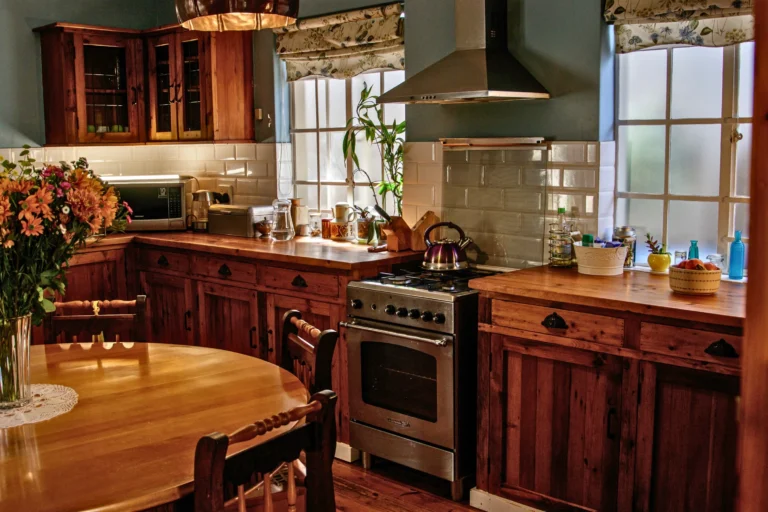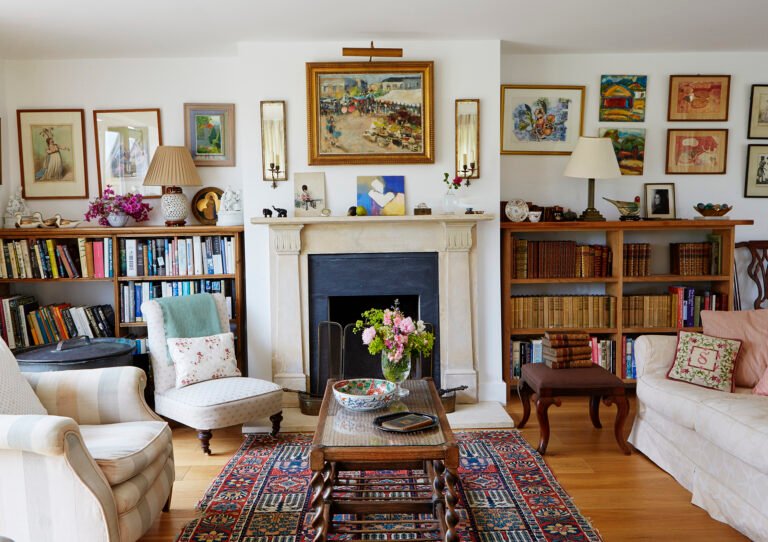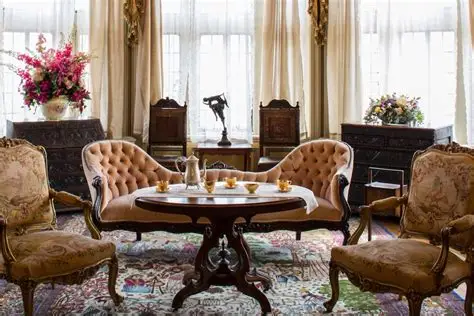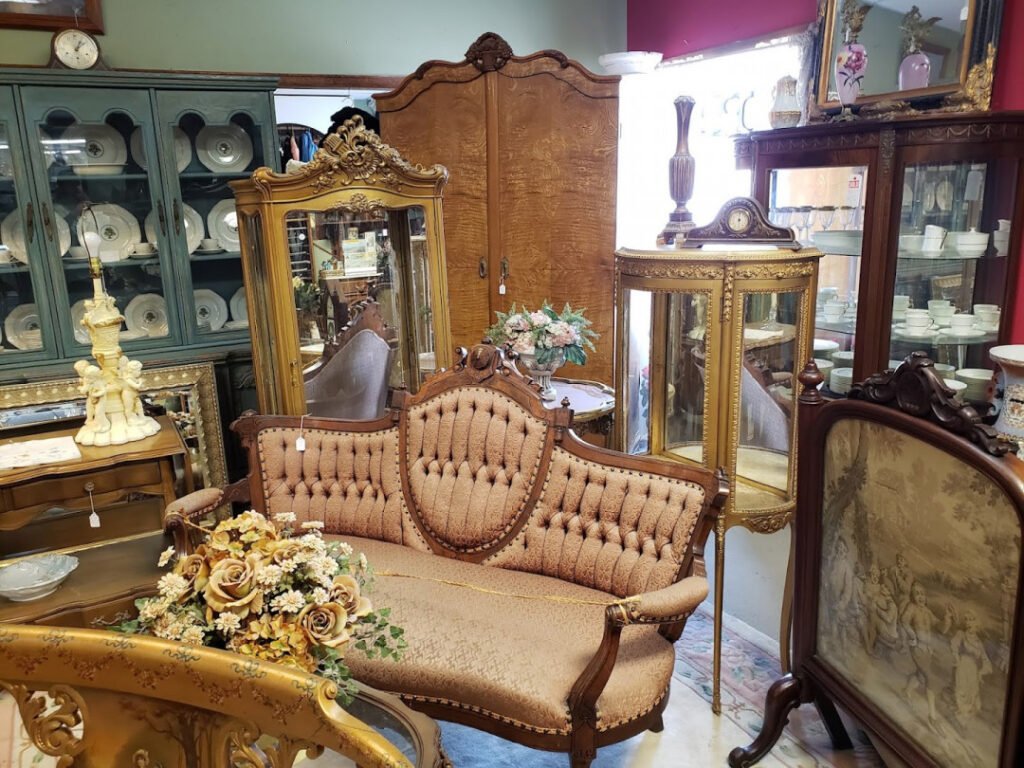
European Antique Furniture That Tells a Story
European antique furniture carries centuries of history, artistry, and culture. Each piece tells a story, reflecting the style, craftsmanship, and traditions of its time. Collectors and interior enthusiasts often seek European antique furniture that tells a story to add character and elegance to their homes.
These antiques are more than decorative items. They are historical artifacts, showcasing the skill of master craftsmen and the design trends of past eras. Choosing the right pieces allows you to bring a sense of heritage and timeless beauty into your living space.
Why European Antique Furniture Matters
European antiques are valued for multiple reasons:
-
Historical significance: Each piece reflects the culture and craftsmanship of its era.
-
Unique design: Handcrafted details and distinctive features make each item one-of-a-kind.
-
Timeless appeal: Classic European styles complement both traditional and modern interiors.
-
Investment potential: Rare and well-preserved pieces can increase in value over time.
-
Cultural storytelling: Furniture often embodies the social and artistic trends of its period.
Selecting European antiques that tell a story adds personality, elegance, and depth to any home.
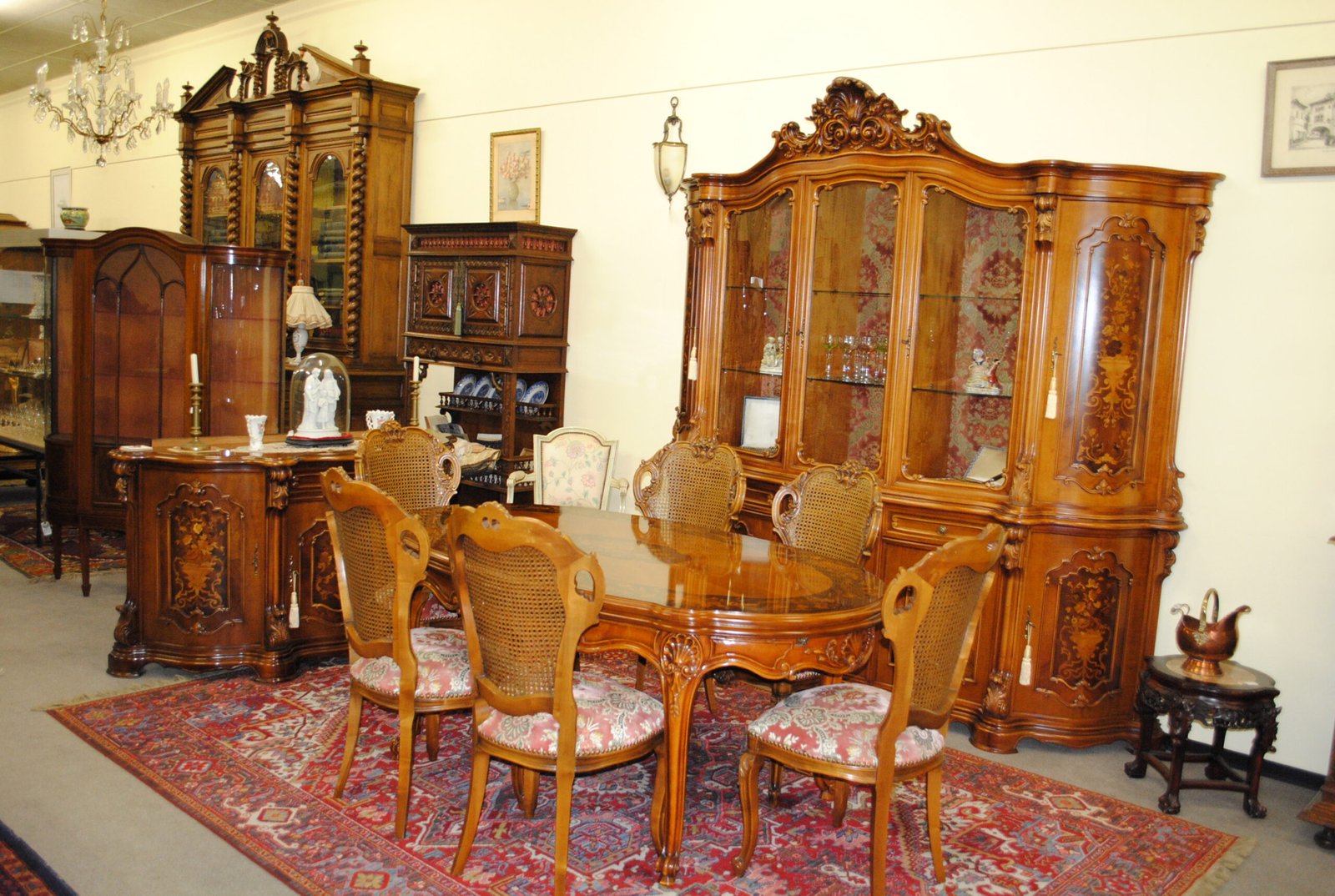
Popular European Antique Styles
Several European styles are particularly cherished for their history and design:
1. Baroque Furniture
-
Period: 17th century
-
Features: Ornate carvings, dramatic curves, gilded finishes
-
Why it tells a story: Baroque pieces reflect the grandeur and opulence of European courts.
-
Popular items: Armoires, tables, mirrors, and chairs
2. Rococo Furniture
-
Period: 18th century
-
Features: Asymmetrical designs, pastel colors, delicate motifs
-
Why it tells a story: Rococo reflects the playful elegance of aristocratic life in France and Germany.
-
Popular items: Console tables, chairs, and cabinets
3. Victorian European Furniture
-
Period: 19th century
-
Features: Dark woods, ornate carvings, rich upholstery
-
Why it tells a story: Victorian pieces showcase industrial-era craftsmanship with refined aesthetics.
-
Popular items: Sideboards, dining sets, and armchairs
4. Mid-Century European Modern
-
Period: 20th century
-
Features: Clean lines, functional design, minimal ornamentation
-
Why it tells a story: Mid-Century Modern pieces represent post-war innovation and simplicity in European design.
-
Popular items: Desks, chairs, coffee tables, and sideboards
5. Renaissance Revival
-
Period: Late 19th century
-
Features: Carved motifs, heavy wood, rich finishes
-
Why it tells a story: Inspired by classical European art, these pieces capture historical elegance and grandeur.
-
Popular items: Cabinets, desks, and decorative tables
Tips for Choosing Storytelling European Antiques
When selecting European antiques, consider:
-
Authenticity: Ensure the piece is genuine and from its claimed period.
-
Craftsmanship: Hand-carved details and quality joinery indicate authenticity.
-
Condition: Minor wear adds character, but major damage may require professional restoration.
-
Provenance: Knowing the history and origin adds depth to the piece.
-
Functionality: Select pieces that complement your living space while maintaining their story.
These considerations help you curate a collection that is both visually stunning and historically significant.
Displaying European Antique Furniture
Proper display enhances both beauty and storytelling:
-
Create focal points: Place statement pieces like armoires or cabinets where they can be admired.
-
Mix with modern décor: Balance antiques with contemporary furnishings for a curated look.
-
Highlight details: Use lighting to accentuate carvings, inlays, and decorative finishes.
-
Preserve space: Avoid overcrowding to let each piece’s story shine.
-
Rotate pieces: Periodically move items to maintain visual interest and reduce wear.
Displaying furniture thoughtfully preserves its character while enhancing your home’s aesthetic.
Caring for European Antique Furniture
Preservation ensures the longevity of your collection:
-
Regular cleaning: Dust with soft cloths and avoid harsh chemicals.
-
Polishing: Use natural waxes suitable for antique finishes.
-
Control environment: Maintain stable temperature and humidity to prevent warping or cracking.
-
Protect surfaces: Use coasters, mats, or cloths to avoid damage.
-
Inspections: Periodically check joints, finishes, and upholstery for signs of wear or damage.
Proper care keeps your antiques looking beautiful and functional for generations.
Conclusion
European antique furniture that tells a story adds elegance, history, and character to any home. From Baroque grandeur to Mid-Century Modern simplicity, each piece embodies craftsmanship, design, and cultural significance. By choosing authentic pieces, paying attention to craftsmanship, and displaying them thoughtfully, you can create a home that celebrates history while offering timeless beauty. With careful care and appreciation, European antiques not only enrich interiors but also preserve centuries of artistry and storytelling.

